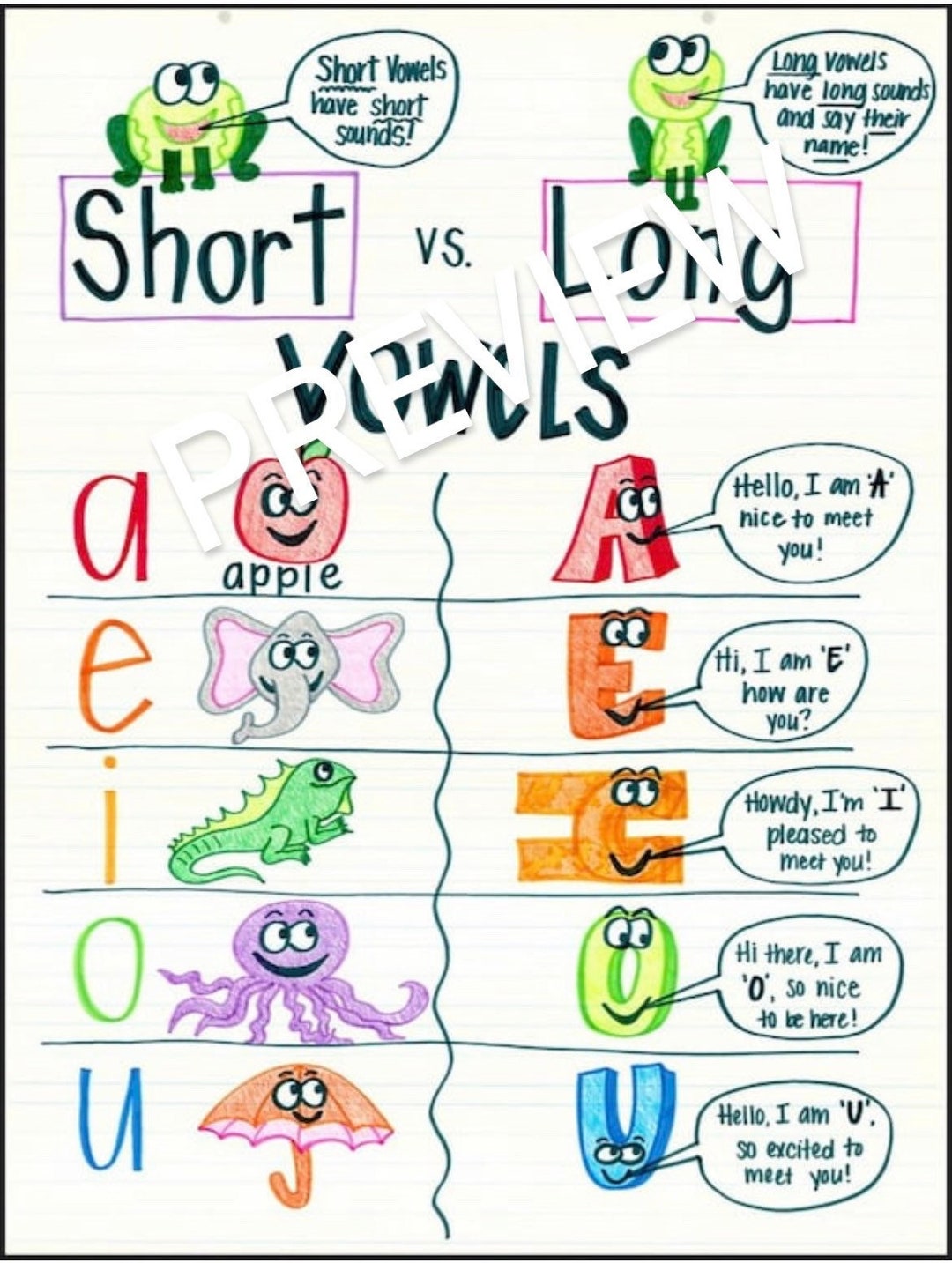English Language Family: Understanding Germanic Roots and Linguistic Heritage
The Germanic foundation of English
The English language belongs to the Germanic branch of the into European language family. This classification place English alongside German, Dutch, Swedish, Norwegian, Danish, and several other languages that share common ancestral roots. Understand this linguistic heritage reveal fascinating connections between ostensibly different languages and explain many peculiarities in English grammar, vocabulary, and pronunciation.
Germanic languages emerge from proto Germanic, a reconstructed common ancestor speak roughly 2,500 years alone in Northern Europe. As tribes migrate and settle in different regions, the language gradually split into distinct branches. English develop from the west Germanic branch, which likewise give rise to German, Dutch, Frisian, and Afrikaans.
Historical development and migration patterns
The story of English begin with the migration of Germanic tribes to Britain during the fifth and sixth centuries. The angles, Saxons, and jutes bring their west Germanic dialects to the British Isles, where these languages gradually merge and evolve into what linguists call old English or Anglo Saxon.

Source: ceciliaaltieri.com
This early form of English bore striking similarities to other Germanic languages. Old English share grammatical features like complex case systems, gender distinctions for nouns, and verb conjugation patterns that remain visible in modern German and Dutch. Archaeological evidence and historical records support the linguistic connections between these migrating peoples and their continental Germanic cousins.
The geographic isolation of Britain allow English to develop unique characteristics while maintain its Germanic core. Withal, subsequent invasions and cultural contacts would layer additional influences onto this Germanic foundation, create the complex linguistic tapestry we recognize today.
Into European language family structure
To full appreciate English’s position within the Germanic family, one must understand the broader into European language family structure. This vast linguistic family encompass most European languages plus many languages of south and Central Asia, include Hindi, Persian, Russian, Greek, and Latin derive romance languages.
The into European family tree show Germanic languages as one of several major branches. Other significant branches include romance (sSpanish fFrench iItalian pPortuguese rRomanian) slSlavic (sRussianolPolishzeCzechulBulgarian)eltCelticr(hIrishsh, scottScottishiGaelic) indo iintoaIraniand( HindianPersianriSanskrit)branch develop distinct characteristics while retain traces of their common proto indo eurintonEuropeanr.
Comparative linguistics reveal share vocabulary roots across into European languages. English words like” mother, ” ather, “” other, ” ” ” s” er ” sh” clear relationships to germanGerman” , ” vate” “latere” “cruder ” west” Chestertho” ntimately as to latin ” mater,Latin” , ” fra” ,patter” soror. ” hese” gSoros proTheseevidence for the family relationships between languages.
Germanic language characteristics in English
Several distinctive features mark English as remarkably Germanic, despite centuries of borrow from other language families. The basic word order of subject verb object reflect Germanic patterns, as do the formation of questions through auxiliary verbs and the use of modal verb like” can, ” ill, “” st, ” ” ” s” ld. ”
Germanic influence appear well-nigh distinctly in English’s core vocabulary. The well-nigh oftentimes use words in English — pronouns, prepositions, conjunctions, and basic nouns and verbs — derive from Germanic roots. Words like” house, ” ater, “” re, ” ” th, ” g” , ” ba” ” com” ” go, ” ave,” and ” ” ” al” rac” ndorse to pendorsermanic oriGermanic
The Germanic heritage to explain eEnglishs comparatively simple inflectional system compare to lLatinbase languages. While old eEnglishhave complex case endings like other gGermaniclanguages, modern eEnglishhas ssimplifiedthese structures, retain only remnants in pronoun forms lik” i / me,” he / him, ” nd “” o / whom. ”
Influence of other language families
Although essentially Germanic, English has absorbed substantial vocabulary from other language families throughout its history. ThNormanan conquest introduce thousands oFrenchch words, especially in areas of government, law, cuisine, and culture. Latin contribute extensively through scholarly, religious, and scientific terminology. Greek provide vocabulary for technical and academic fields.
These borrowings create English’s distinctive characteristic of have multiple words for similar concepts, oftentimes with subtle differences in meaning or register. Germanic” begin ” oexists with laLatinerive “” mmence ” ” ” i” iate. ” germaGermanic” ” sha” semantic space with french derive ” aid ” nd l” n ” aLatin” this linguThisc richness reflect english’s English cultural history.
Despite extensive borrowing, the Germanic foundation remains solid. Grammatical structures, function words, and thewell-nighh basic vocabulary retain theirGermanicc character. Eve intemperatelyLatinatee sentences rely onGermanicc grammar and connect words to function decently.
Comparison with other Germanic languages
Modern English show vary degrees of similarity to its Germanic siblings. Frisian, speak in parts of the Netherlands and Germany, represent English’s closest living relative. Frisian shares numerous vocabulary items and grammatical features with English, make it slightly easier for English speakers to recognize patterns compare to other Germanic languages.
German, the largest Germanic language by speaker population, preserve many archaic features that English has lost. German maintain the case system, gender distinctions, and complex verb conjugations that characterize earlier stages of all Germanic languages. Withal, basic vocabulary connections remain strong, and many compound words show parallel formation patterns.
Dutch occupy a middle position between English and German in terms of complexity and conservatism. Many Dutch words appear astonishingly familiar to English speakers, and Dutch syntax oftentimes parallel English patterns more nearly than German do. The Scandinavian languages — Swedish, Norwegian, and Danish — form their own north Germanic branch but share the Germanic heritage that connect them to English.
Modern linguistic research and classification
Contemporary linguistic research continue to refine our understanding of Germanic language relationships through advanced comparative methods, computational analysis, and archaeological linguistics. Researchers examine sound changes, grammatical evolution, and vocabulary development to trace the precise pathways of language divergence and contact.
Genetic studies of European populations provide additional evidence support the linguistic picture of Germanic migrations and settlements. The correlation between genetic markers and linguistic boundaries help confirm historical accounts of tribal movements and cultural transmission.
Digital humanities project create vast databases of gGermaniclanguage texts, enable systematic comparison of linguistic features across centuries of development. These resources reveal subtle patterns of change and influence that earlier scholars could merely hypothesize about.
Practical implications of Germanic heritage
Understand English’s Germanic family membership offer practical benefits for language learning and cross-cultural communication. English speakers ofttimes find Germanic languages more accessible than romance or Slavic languages because of share structural patterns and vocabulary roots.
Translation between Germanic languages ofttimes reveal direct correspondences that facilitate understanding. Business communication, academic exchange, and cultural interaction benefit from awareness of these linguistic relationships. Many international organizations leverage Germanic language similarities to streamline communication processes.
Educational approaches that emphasize Germanic connections help students understand English grammar and vocabulary development. Etymology instruction that trace word origins through Germanic roots provide insights into meaning relationships and spell patterns that might differently seem arbitrary.
Future evolution and global influence
English’s status as a global lingua franca raise interesting questions about its continued relationship to the Germanic family. As English spread ecumenical and adapts to diverse cultural contexts, it maintains itsGermanicc grammatical core while incorporate vocabulary from hundreds of different languages.

Source: icmedonline.com
Regional varieties of English emerge in Asia, Africa, and other regions show how Germanic structures accommodate new cultural and linguistic influences. These developments parallel the historical processes that shape English through contact with Celtic, Latin, French, and Norse languages.
The digital age accelerate language contact and change, potentially affect English’s Germanic characteristics in unpredictable ways. Nonetheless, the fundamental structural features that mark English as Germanic appear unmistakably stable across different varieties and contexts.
Linguistic research suggest that core grammatical patterns and basic vocabulary remain consistent regular as English continue to evolve globally. The Germanic foundation provide a stable framework that support ongoing adaptation and growth while maintain essential communicative functions across diverse communities worldwide.



